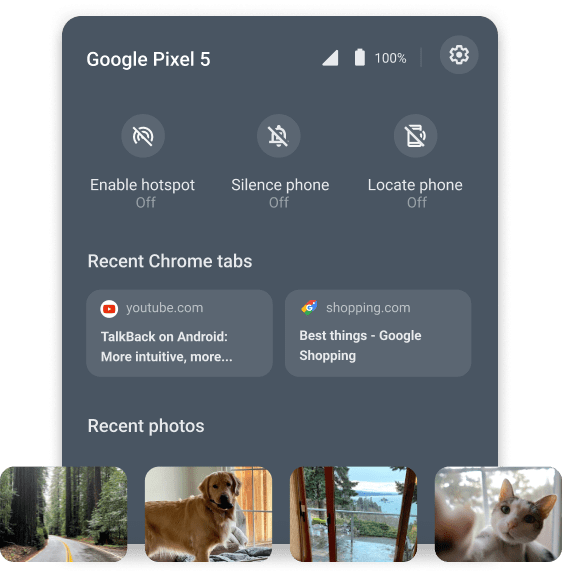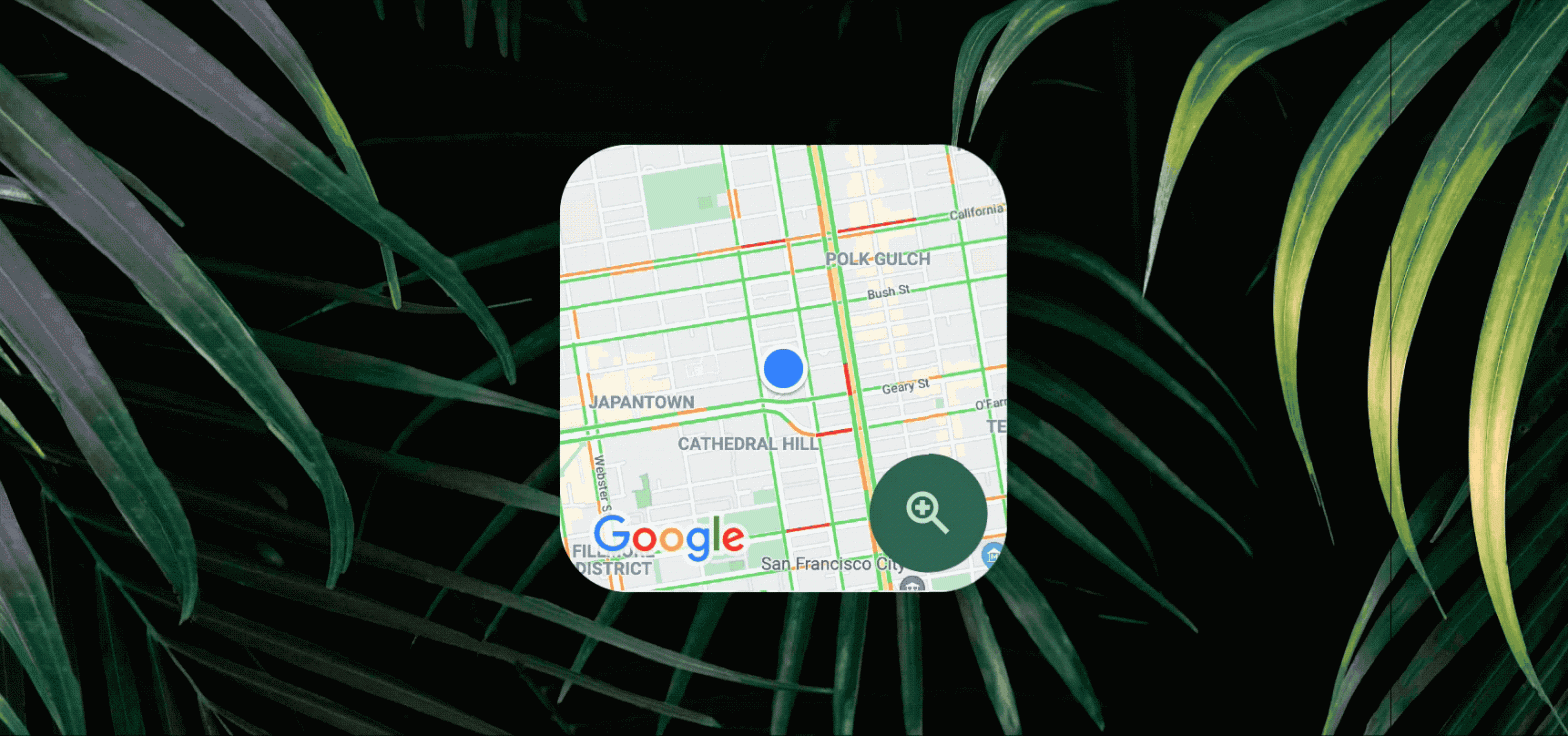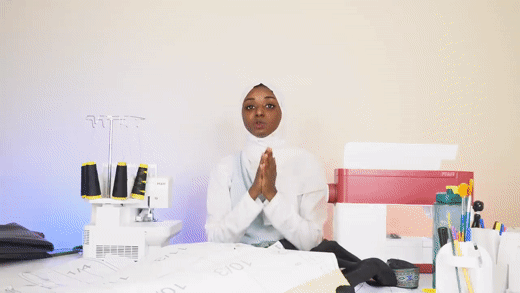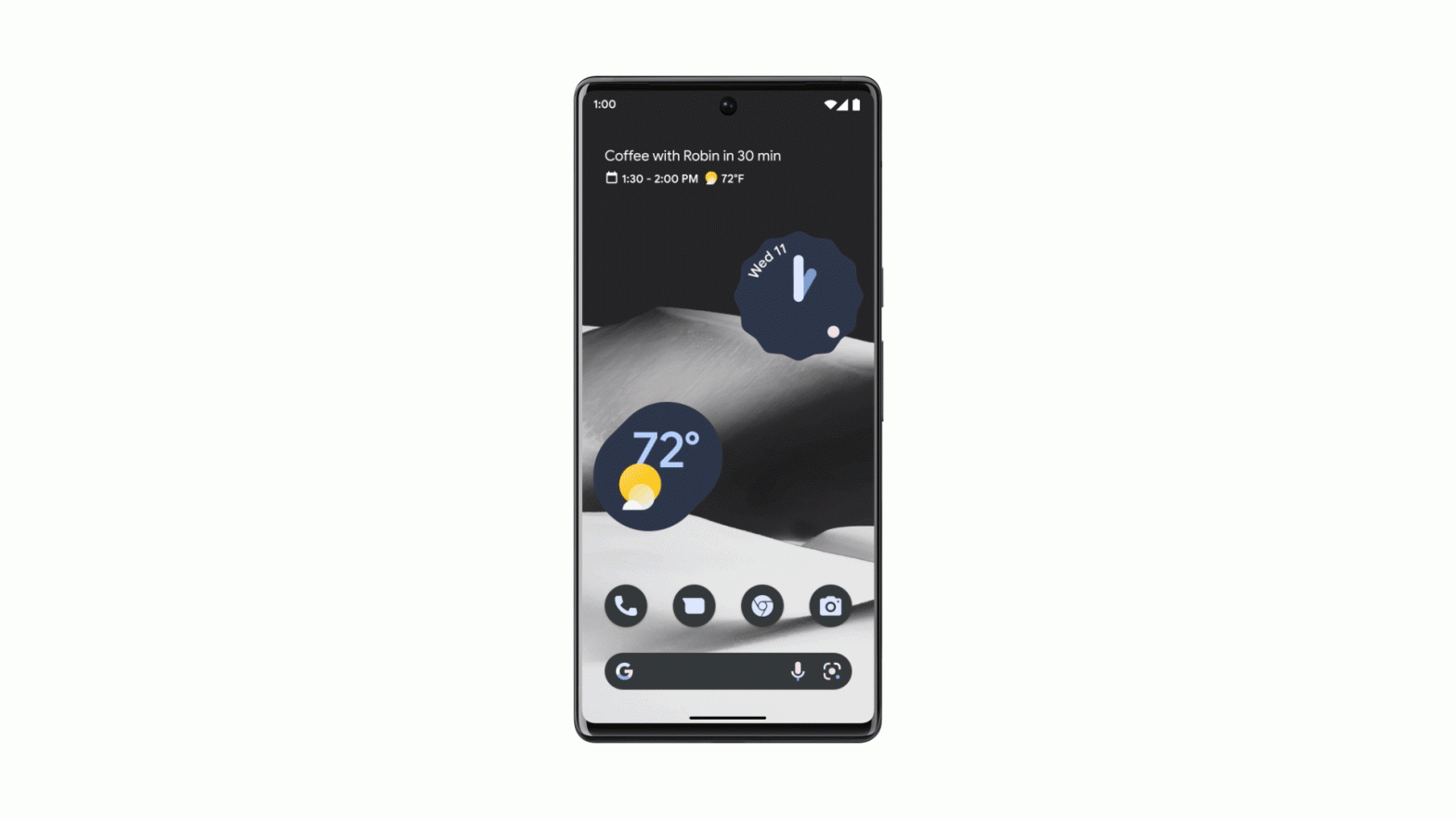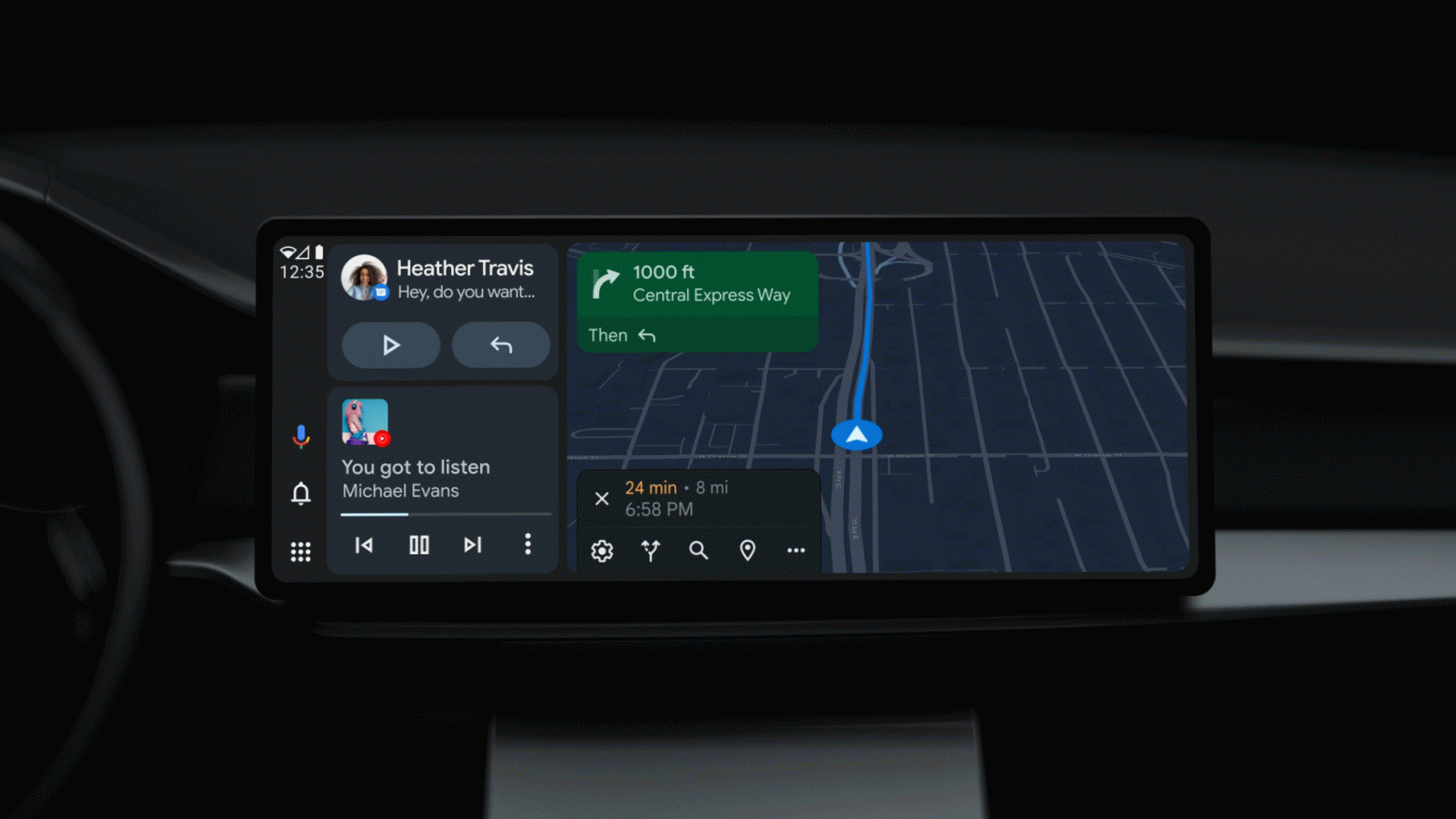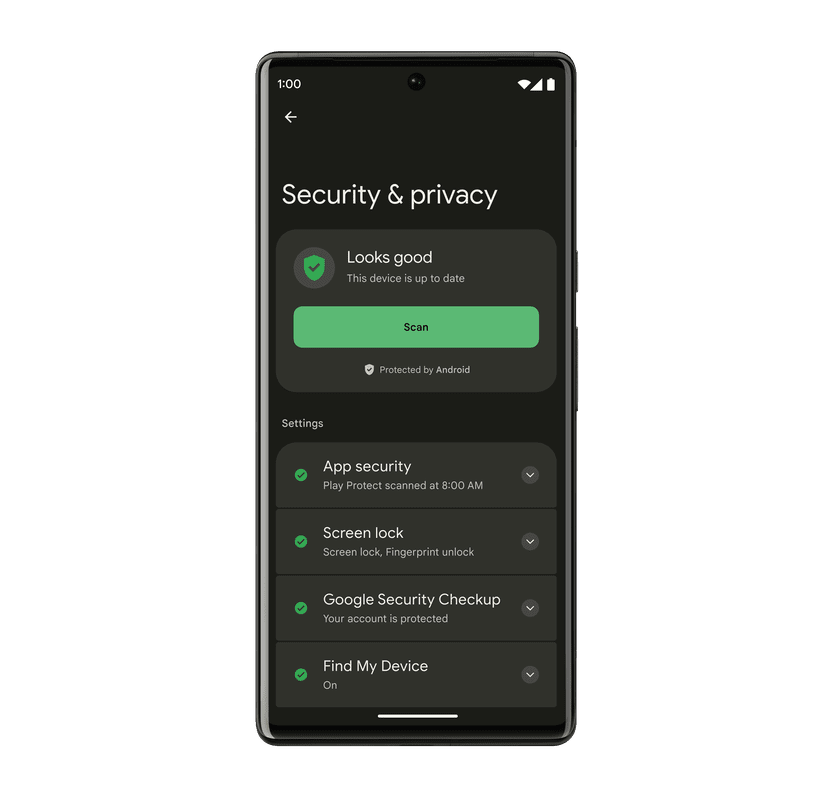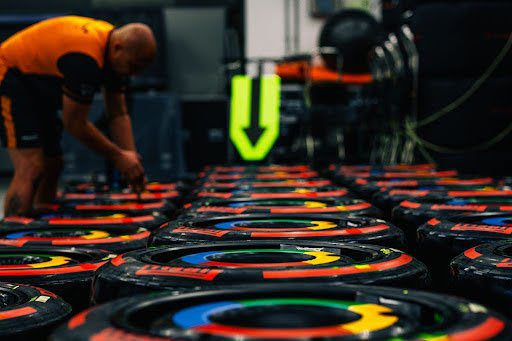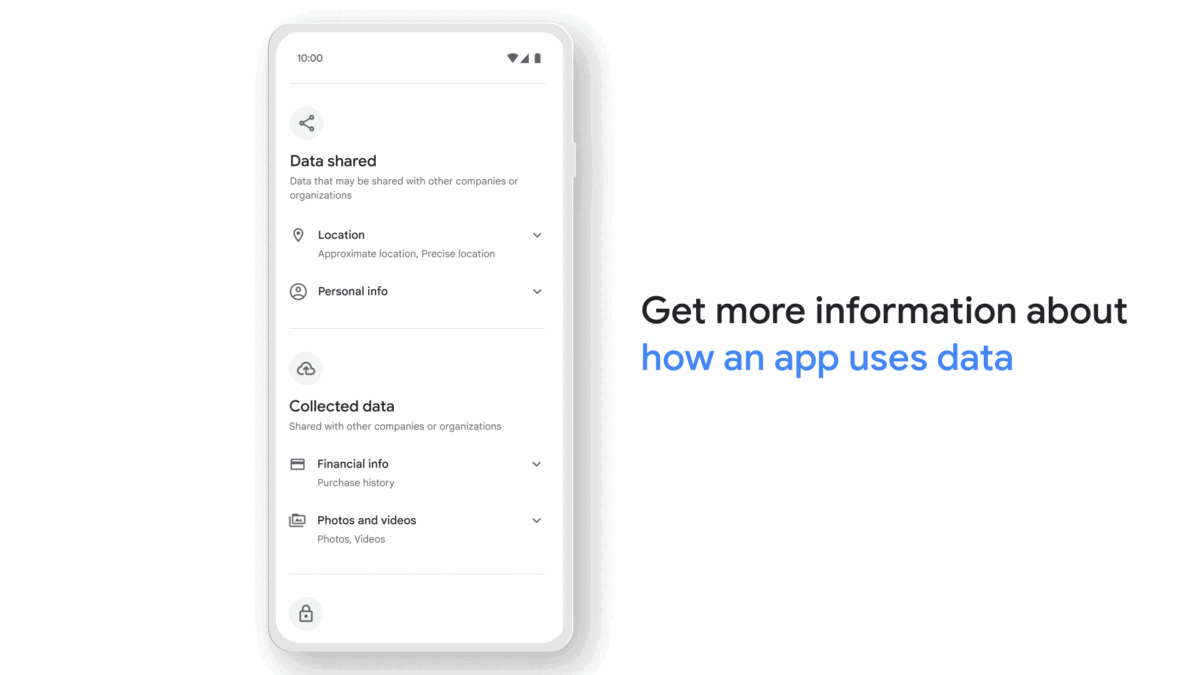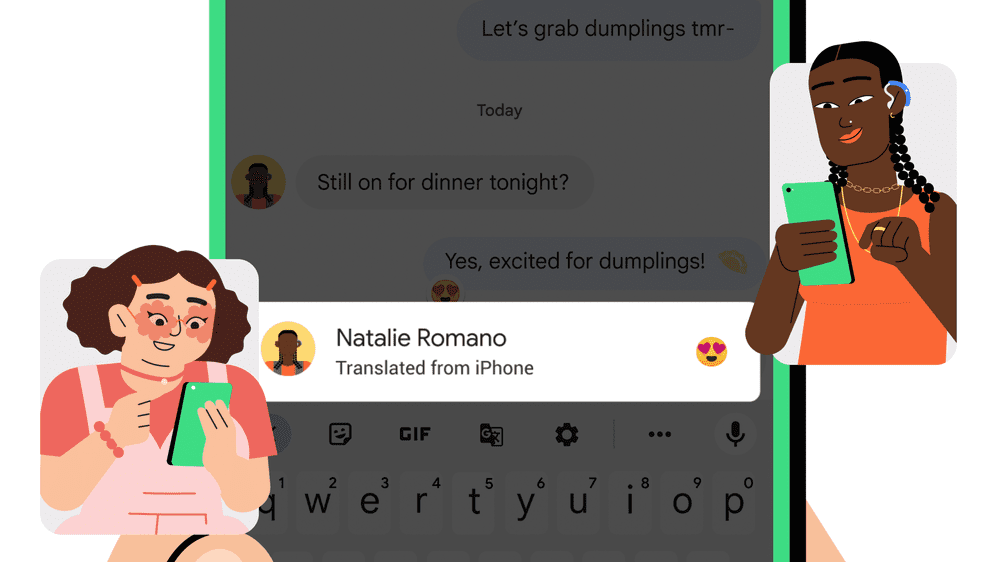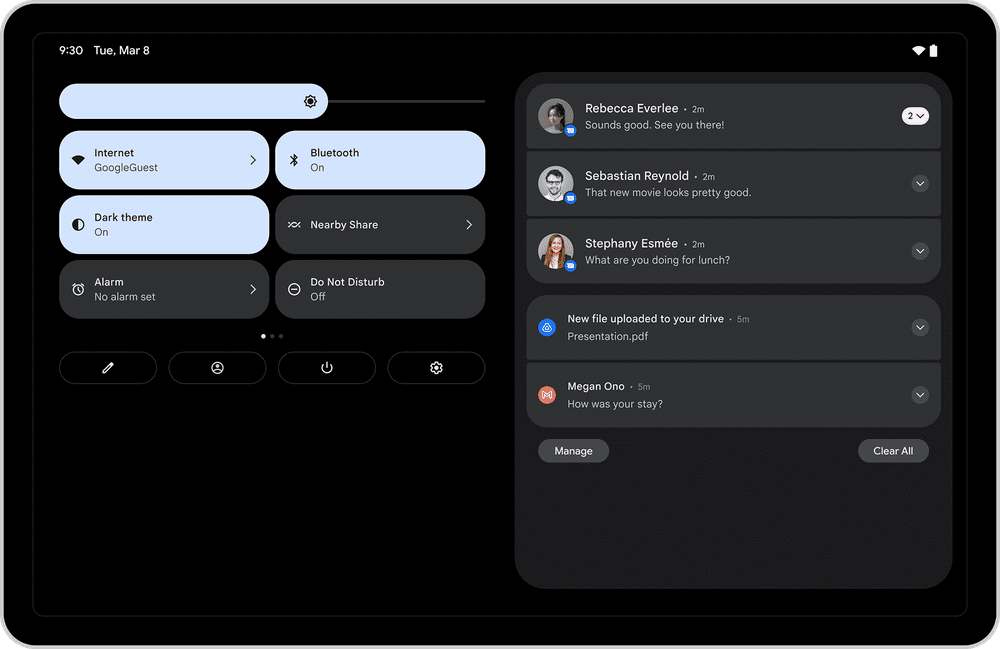Kategorie: Android
-

10 reasons to switch to Android10 reasons to switch to AndroidGroup Product Manager, Android
Reading Time: 4 minutesIn the last year, over a billion new Android phones were activated. Ready to join the fun, but not sure which phone is best for you? Consider one that’s loaded with the best of Google, that can fold to fit in your pocket or fit your budget, or has a camera that…
-

Your Chromebook now works better with your other devicesYour Chromebook now works better with your other devicesDirector of Chrome OS Software
Reading Time: 3 minutesDuring CES and I/O this year, we announced a few new Android and Chromebook features designed to help your phone and laptop work better together. Soon you’ll see some of those features roll out to your Chromebooks so you can try them yourself. Easily access your recent photos When you’re trying to…
-

5 of our favorite Android widget features5 of our favorite Android widget featuresProduct Director
Reading Time: 3 minutesWidgets are a simple way to personalize any Home screen, putting the information that’s most important to you — your inbox, the weather, your to-do list or even a photo of your dog — front and center. With the upcoming launch of the nearby traffic widget for Google Maps (more on that…
-

5 of our favorite Android widget features5 of our favorite Android widget featuresProduct Director
Reading Time: 3 minutesWidgets are a simple way to personalize any Home screen, putting the information that’s most important to you — your inbox, the weather, your to-do list or even a photo of your dog — front and center. With the upcoming launch of the nearby traffic widget for Google Maps (more on that…
-

Honoring Lou Gehrig Day with the Chicago CubsHonoring Lou Gehrig Day with the Chicago CubsBrand Accessibility Program Manager
Reading Time: 2 minutesA Major League Baseball game’s ceremonial first pitch is a time-honored tradition that marks the start of the game. This year, Google, Team Gleason, and MLB are teaming up for an inclusive first pitch on Lou Gehrig Day. Tonight, before the Chicago Cubs face the St. Louis Cardinals at Wrigley Field, former…
-

Explore, communicate and customize with AndroidExplore, communicate and customize with AndroidDirector, Product Management
Reading Time: 3 minutesAndroid is constantly adding features to better connect with the people and devices around you. Today, we’re introducing a set of updates to help your phone stand out as much as you do. From more expressive ways to message your friends, to subtle but smart upgrades to entertainment and accessibility, we ensure…
-

Driving growth in the Middle EastDriving growth in the Middle EastManaging Director, Google MENA
Reading Time: 4 minutesThe Nest is an online store that offers curated handcrafts from Egypt, from home accessories to fashion and furniture. When the pandemic started, founders Dina and Omar had to close their physical showroom, which used to drive 90% of their sales. They listed their business details on Google Maps and Search, promoted…
-

Making Android more accessible for braille usersMaking Android more accessible for braille usersAccessibility Analyst
Reading Time: 2 minutesEditor’s note: Today is Global Accessibility Awareness Day, and we’ll be sharing more on how we’re partnering with people with disabilitiesand what we’re doing to make education more accessible. The heart of our mission at Google is making the world’s information truly accessible. But the reality is we can only realize this…
-

Get more done across devices with AndroidGet more done across devices with AndroidGroup Product Manager, Multi-Device Experiences
Reading Time: 4 minutesAdding technology to your life should make every day a little easier. But that only happens if the devices are able to anticipate your needs and move smoothly from one activity to the next throughout the day. We’ve been hard at work building on our efforts to bring you even more simple…
-

New ways to stay connected and entertained in your carNew ways to stay connected and entertained in your carSenior Product Manager
Reading Time: 3 minutesOur work in cars has always been guided by our goal to help make your driving experience easier and safer. Today, we’re introducing several updates for cars compatible with Android Auto and cars with Google built-in to help you stay connected and entertained while enhancing your experience on the road. A brand-new…
-

Living in a multi-device world with AndroidLiving in a multi-device world with AndroidVP of Product Management
Reading Time: 6 minutesAndroid has grown into the most popular OS in the world, delivering access, connectivity and information to people everywhere on their smartphones. There are over three billion active monthly Android devices around the world, and in the last year alone, more than a billion new Android phones have been activated. While the…
-

What’s beta than Android 13?What’s beta than Android 13?VP of Engineering, Android
Reading Time: 4 minutesEvery year and with every release, we make Android better based on your feedback. With Android 13, we’re continuing to improve the quality and performance of the platform while building on many areas that matter most to you, like privacy and security, personalization and large-screen devices. Today, we’re sharing more about Android…
-

Ask a Techspert: How do digital wallets work?Ask a Techspert: How do digital wallets work?Contributor
Reading Time: 5 minutesIn recent months, you may have gone out to dinner only to realize you left your COVID vaccine card at home. Luckily, the host is OK with the photo of it on your phone. In this case, it’s acceptable to show someone a picture of a card, but for other things it…
-

Make connections that Matter in Google HomeMake connections that Matter in Google HomeSenior Director, Google Home Ecosystem
Reading Time: 3 minutesWe’re entering a new era of the smart home built on openness and collaboration — one where you should have no problem using devices from different smart home brands to turn on your lights, warm up your living room and set your morning alarm. All of them should work together in harmony.…
-

Buckle up: McLaren has a new Android and Chrome F1 race carBuckle up: McLaren has a new Android and Chrome F1 race carVP of Marketing, Google
Reading Time: 2 minutesAt this weekend’s Miami Grand Prix, I’ll be cheering on two of my favorite Formula 1 drivers — Lando Norris and Daniel Ricciardo — as they race around the track in McLaren Formula 1 cars fashioned with Android-inspired engine covers and slick, Chrome-inspired wheel covers. Earlier this year, Google became an Official…
-

Get more information about your apps in Google PlayGet more information about your apps in Google PlayVice President, Product, Android Security and Privacy
Reading Time: 2 minutesWe work hard to keep Google Play a safe, trusted space for people to enjoy the latest Android apps. Today, we’re launching a new feature, the Data safety section, where developers will be required to give people more information about how apps collect, share and secure users’ data. Users will start seeing…
-

Ask a Techspert: What’s that weird box next to my emoji?Ask a Techspert: What’s that weird box next to my emoji?Contributor
Reading Time: 5 minutesA few months ago, I received a message from a friend that, I have to confess, made absolutely no sense. Rows of emoji followed by different boxes — like this — appeared…so I sent back a simple “huh?” Apparently she’d sent me a string of emoji that were meant to tell…
-

Top news from the Google for Games Developer SummitTop news from the Google for Games Developer SummitGoogle for Games
Reading Time: 2 minutesThis week, we hosted the Google for Games Developer Summit, a free digital event for developers, publishers and advertisers to discuss what’s new in games. And with over three billion global players across platforms, there was plenty of ground to cover. From Android Game Development Kit updates to the new Immersive Stream…
-

12L: A new look for Android’s larger screens12L: A new look for Android’s larger screensVP of Engineering, Android
Reading Time: 2 minutesTablets and foldables are my favorite devices for content and productivity. The large, portable screens are easy on the eyes and the perfect way to watch a movie, answer emails or video chat. On tablets, we introduced Kids Space and Entertainment Space for the whole family to watch content, and spotlighted apps…
-

Introducing the Privacy Sandbox on AndroidIntroducing the Privacy Sandbox on AndroidVP, Product Management, Android Security & Privacy
Reading Time: 3 minutesMobile apps are a core part of our everyday lives. Currently over 90% of the apps on Google Play are free, providing access to valuable content and services to billions of users. Digital advertising plays a key role in making this possible. But in order to ensure a healthy app ecosystem —…

